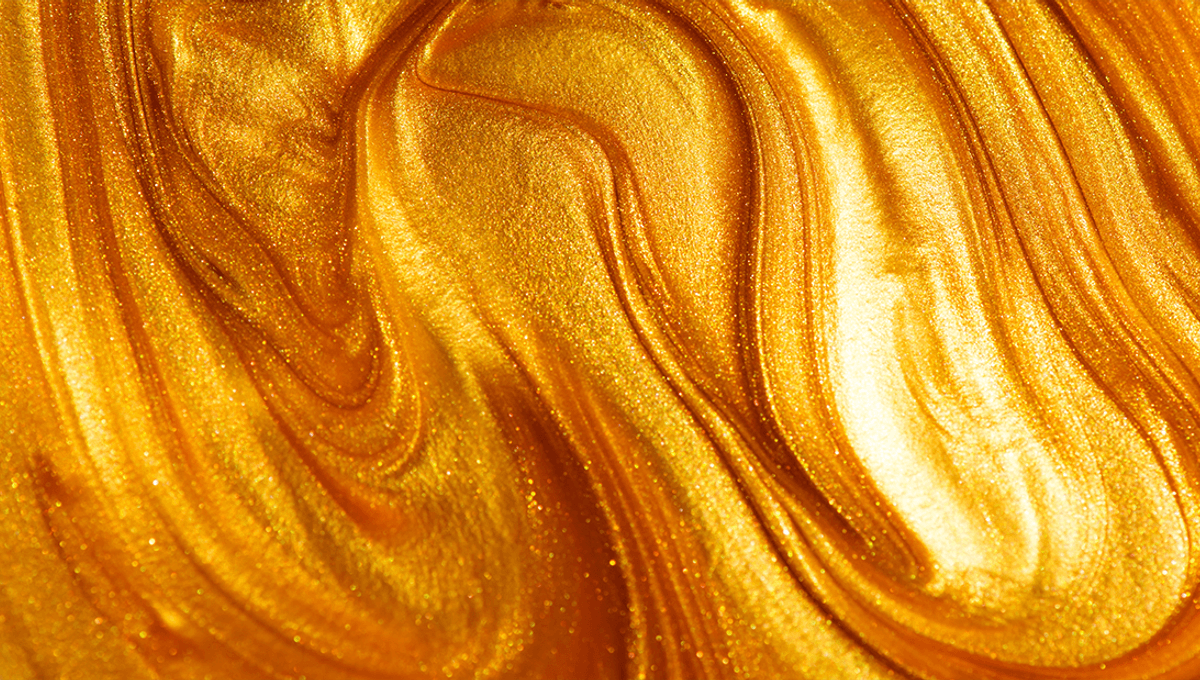Marathon Fusion Claims They Have A Method For Transmuting Mercury Into Gold

Marathon Fusion Claims They Have A Method For Transmuting Mercury Into Gold
In a yet-to-be-peer-reviewed paper, fusion startup Marathon claims that they have come up with a method for turning mercury into gold.
There is an old joke that fusion is always 30 years away. After being proposed in the 1950s as a solution to our energy needs, we have still not found a way to make fusion sustainable and commercially viable. As such, Marathon and others are looking for routes to make it economically feasible. "The fusion economics challenge has motivated further investigation of high-value products that can be made with fusion neutrons through transmutation," the team explains in their paper, explaining that fusion neutrons can be useful in medical isotope production, fission waste burning, and neutron imaging. "An ideal product of fusion transmutation would substantially supplement the value of electricity generated by the device while serving a market sufficiently large to subsidize the deployment of TW-scale fusion energy." Which brings us neatly to alchemy. An obsession of alchemy over the centuries was to turn metals into precious, shiny gold. While it failed in this quest, modern physics is a little better at it, now that we have a better understanding of atoms and their interactions. Recently, CERN detected lead atoms turning into gold in a "nuclear transmutation" process, by knocking out three of lead's protons. Gold (Au), with 79 protons, is even closer to mercury (Hg) in atomic number, with mercury having 80 protons in its nucleus. As far back as 1941, scientists have attempted to turn mercury into gold through the method of nuclear bombardment, pounding mercury with neutrons in an attempt to knock out a proton from mercury. This method proved successful, but there was a huge drawback; the gold produced was not stable, being radioactive isotopes. In the new paper, the team proposes that they could use mercury-198, an isotope of mercury containing 118 neutrons, to produce gold. While the process inside an already complex fusion reactor is complicated, in essence, the goal is to knock off a neutron from Hg-198 to turn it into Hg-197, another isotope of mercury. While transforming mercury into mercury may not sound impressive, Hg-197 naturally decays into Au-197, with a half-life of around 64.14 hours. "In this work, we show how a particular category of neutron-driven reactions – the (n, 2n) multiplication reactions required in all deuterium-tritium (D-T) fusion blankets – enables scalable transmutation of mercury into stable gold while still meeting the broader requirements of the fusion system," the team writes. "We show with neutronics simulations that a system optimized to use these reactions for transmutation can produce 197Au at a rate of more than 2 t/GWth/yr and more than double the value of outputs from the fusion system." Producing gold in and of itself by this method would not be particularly efficient. For example, other radioactive isotopes of gold could be produced in the reaction. This would require the gold to be stored away for years before it can be distributed to the general population. A stringent requirement that the gold must be less radioactive than bananas would mean that the gold would have to be left to sit for 17.7 years before use. But the goal here is to make fusion more commercially attractive, potentially accelerating investment in sustainable fusion. "The consequence of this work is that the value of outputs of every D-T fusion power plant is now around twice what they were expected to be, assuming the current price of gold," the team concludes. "This will dramatically increase the amount of investment in fusion development and accelerate the deployment of economically viable fusion energy at scale." While the idea is promising, and gold has historically attracted massive investment, you may have some time to wait, as fusion is around 30 years away. The study is posted to the pre-print server arXiv.


